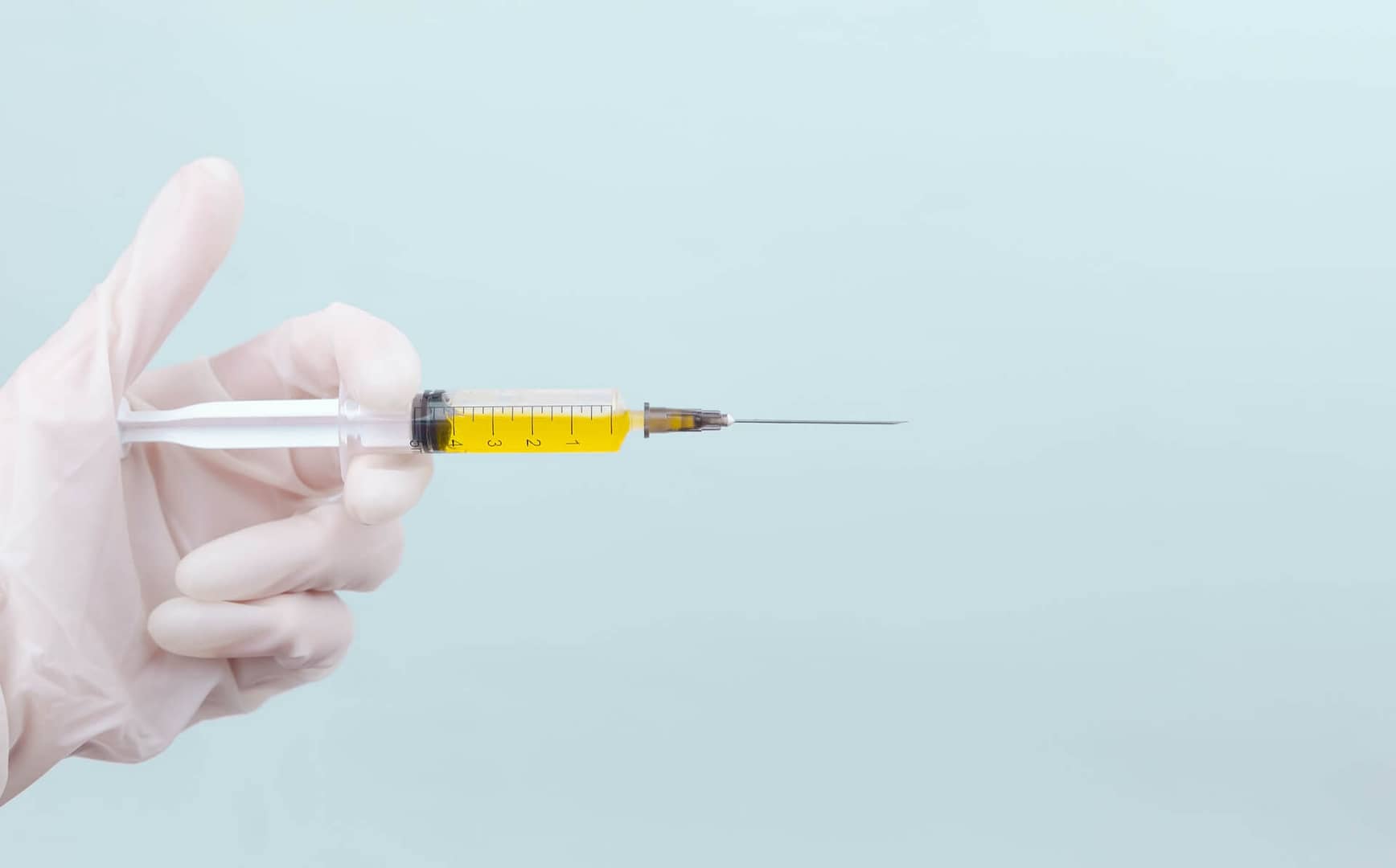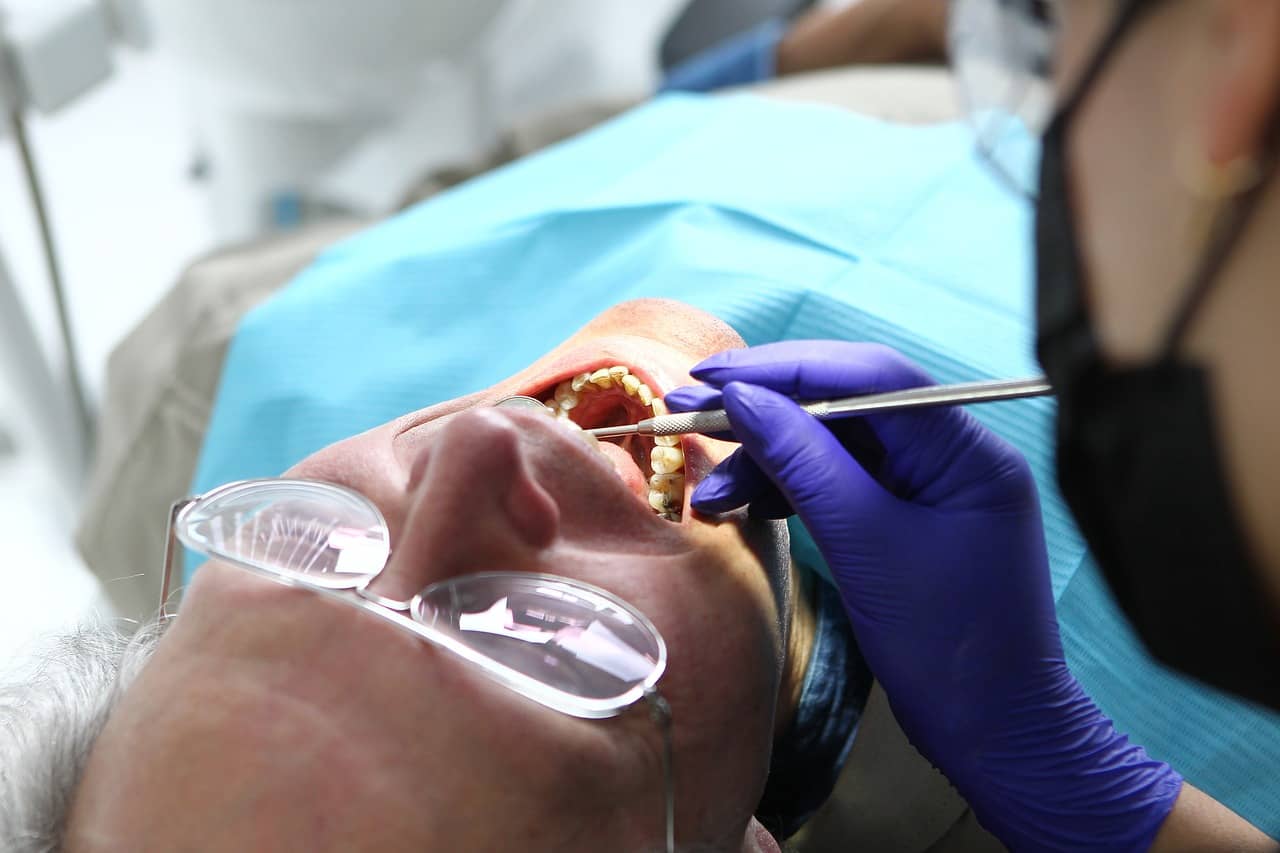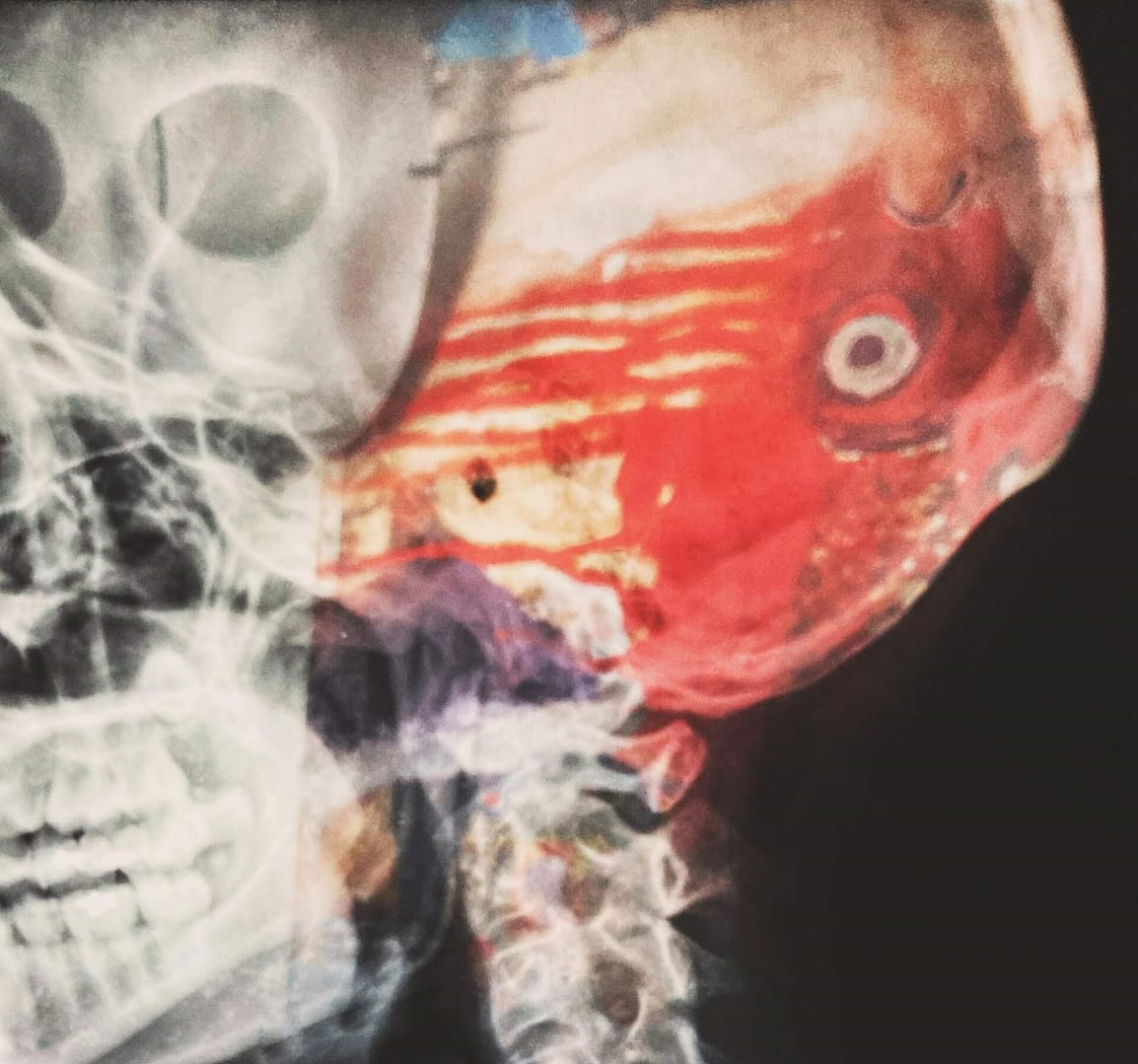Clinical negligence is a complex area of law that deals with cases where healthcare professionals fail to meet the standard of care expected of them, resulting in harm to patients. One crucial aspect in these cases is establishing causation – the link between the negligence and the harm suffered by the patient. Let’s delve into the intricacies of causation in clinical negligence, unravelling the connection between negligence and harm in a way that’s easy to understand.
The Essence of Causation in Clinical Negligence
Causation in clinical negligence boils down to a fundamental question: Did the negligence directly cause the harm suffered by the patient? The delay in diagnosis becomes the linchpin, the catalyst for a chain of events that leads to the patient’s deteriorating health.
Now, let’s break this down. Negligence, in this case, is the failure to diagnose promptly. The harm is the worsening of the patient’s condition. To establish causation, one must demonstrate that the delayed diagnosis was the direct cause of the deterioration – that ‘but for’ the negligence, the harm would not have occurred. It’s akin to a domino effect; one toppled domino sets off a sequence of events.
Proving the Link: A Herculean Task
Proving causation in clinical negligence cases is often a Herculean task. It requires not only a deep understanding of medical intricacies but also a meticulous presentation of evidence. Think of it as constructing a bridge between negligence and harm, each plank of evidence forming a crucial connection.
The ‘but for’ test, a legal standard, is applied rigorously. It demands demonstrating that, but for the negligence, the harm would not have transpired. Picture a courtroom as a theatre, with lawyers weaving a narrative that convincingly establishes this cause-and-effect relationship. The burden of proof lies heavily on the plaintiff, as they strive to showcase the direct link between the healthcare professional’s actions and the subsequent harm endured.
The Domino Effect: Unravelling the Chain of Events
To truly grasp causation in clinical negligence, envision a chain of events – a sequence where each link is vital. The negligence sets the first link in motion, and as the chain progresses, harm becomes an inevitable outcome. It’s a domino effect where one action leads to another, creating a narrative that is both compelling and logical.
Consider a situation where a surgeon neglects proper sterilisation procedures during a critical surgery. The initial act of negligence, akin to the first domino falling, triggers a cascade of consequences. Infections set in, complications arise, and the patient’s health takes a nosedive. Proving causation involves meticulously tracing this sequence, establishing that the surgeon’s failure to adhere to protocols was the catalyst for the ensuing harm.
The Legal Tightrope: Proximate Cause
As we walk the legal tightrope of causation, another concept comes into play – proximate cause. It’s not just about the direct link but also about foreseeability. The question arises: Was the harm a foreseeable consequence of the negligence? Imagine a scenario where a medication error occurs, leading to unexpected side effects. Proving causation involves not just demonstrating a direct link but also showcasing that the harm was a reasonably foreseeable outcome of the negligence.
In essence, proximate cause adds a layer of complexity to the causation puzzle. It requires peering into the future, evaluating whether a reasonable person could have foreseen the harm resulting from the negligent act. It’s like predicting the path of a storm – foreseeing the turbulence that may follow a seemingly innocuous breeze.
The Verdict: Weaving a Convincing Narrative
In the courtroom drama of clinical negligence, the verdict hinges on the ability to weave a convincing narrative of causation. The lawyers become storytellers, presenting a compelling tale that connects the dots between negligence and harm. Each piece of evidence is a plot point, and the courtroom transforms into a stage where the truth is revealed through the artistry of legal argumentation.
Imagine a lawyer, standing before the jury, painting a vivid picture of how a doctor’s oversight led to a patient’s suffering. The jury becomes the audience, and the lawyer, the narrator of a story where negligence is the antagonist, and harm is the consequence. It’s a narrative that seeks not just to prove a legal point but to evoke empathy and understanding from those deciding the fate of the case.
Making a Clinical Negligence Claim with National Claims
Now that we’ve explored the link between causation in clinical negligence, let’s shift our focus to the practical side of things – making a claim. At National Claims, we understand the complexities involved in navigating the legal terrain of clinical negligence. Here’s a step-by-step guide on how we approach the claims process:
Initial Consultation
The journey begins with an initial consultation, where our expert legal team listens attentively to your story. We understand that behind every case is a person who has endured suffering due to clinical negligence. Our empathetic approach ensures that you feel heard and understood.
Case Assessment
Once we understand the details of your situation, our legal experts conduct a thorough case assessment. We delve into the intricacies of causation, examining the links between negligence and harm. This is a crucial phase where we evaluate the strength of your case and determine the likelihood of success.
Gathering Evidence
Proving causation requires a robust collection of evidence. Our team works diligently to gather all relevant documents, medical records, and expert opinions necessary to build a compelling case. We understand that the strength of the evidence is often the linchpin that holds the causation narrative together.
Legal Strategy
With a clear understanding of the causation dynamics in your case, we craft a legal strategy tailored to your unique situation. Our goal is to present a convincing narrative in court, emphasising the links between clinical negligence and the harm you’ve suffered.

Conclusion
In conclusion, making a clinical negligence claim with National Claims is a collaborative journey. We combine legal expertise with empathy, recognizing the human stories behind every case. Our commitment is to advocate for your rights, ensuring that the link between negligence and harm is clearly established in the eyes of the law.
Causation in clinical negligence is a multifaceted concept that weaves together medical intricacies and legal standards. As we conclude our exploration, we recognize that establishing the link between negligence and harm is not just a legal endeavour but a narrative that unfolds in courtrooms, shaped by the stories of individuals who have suffered.
At National Claims, we stand ready to guide you through this journey, offering not just legal expertise but a compassionate approach that recognises the human aspect of clinical negligence. Together, we navigate the complexities of causation, working towards a resolution that brings justice and closure to those who have suffered.
Get started on your claim with the help of one of our claims specialists today. Contact us now!
Click below to see why we are one of the most trusted claims management companies in the UK.

We’re proud of our excellent customer reviews
We thrive on delivering exceptional service and ensuring our clients’ satisfaction. Don’t just take our word for it. Check out some of our independent reviews to see what our clients have to say.
Excellent

This firm is excellent, they sorted out my car pay out and injury claim very fast, they always communicate with you all the time.

My accident case was dealt with confidence and with great result of the outcome, especially James kept me informed all the time.

I was very impressed at the way my inquiry was treated. I was listened to attentively and everything I needed to know was explained to me.






